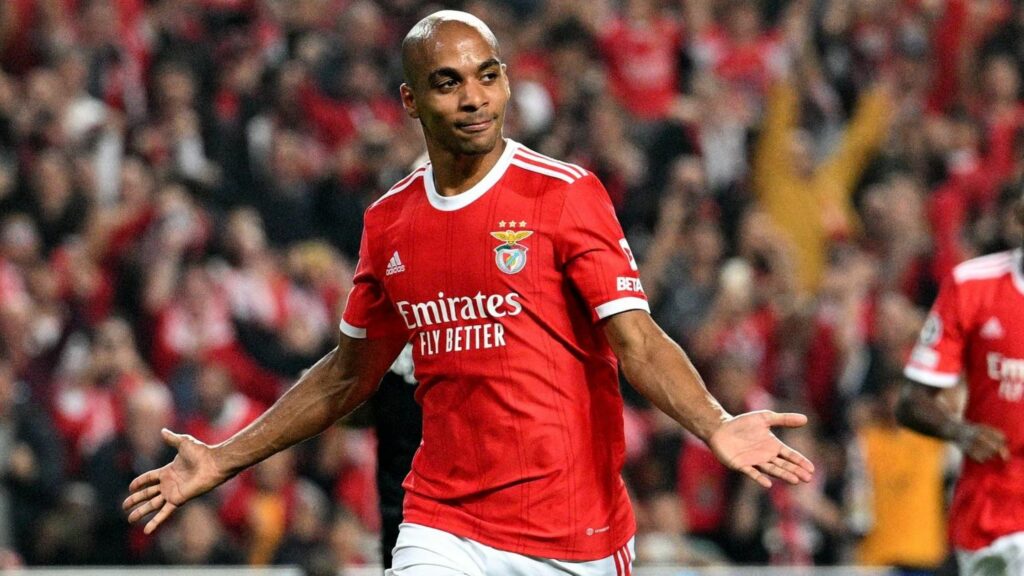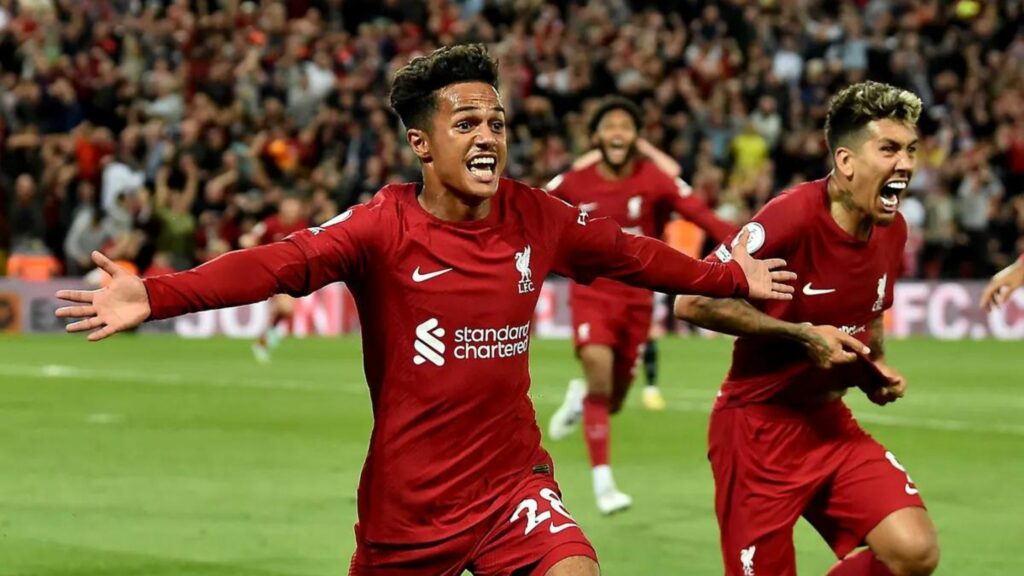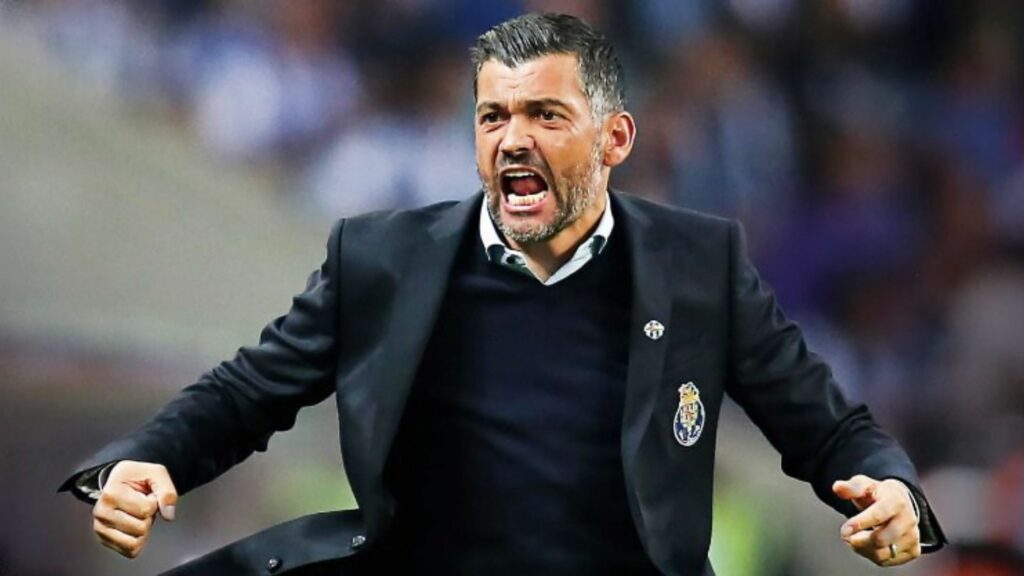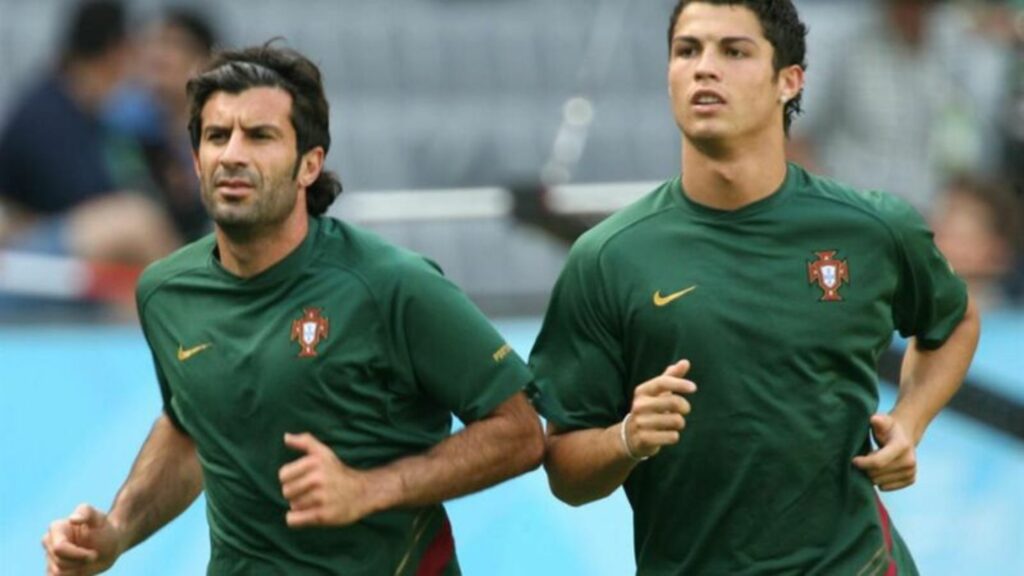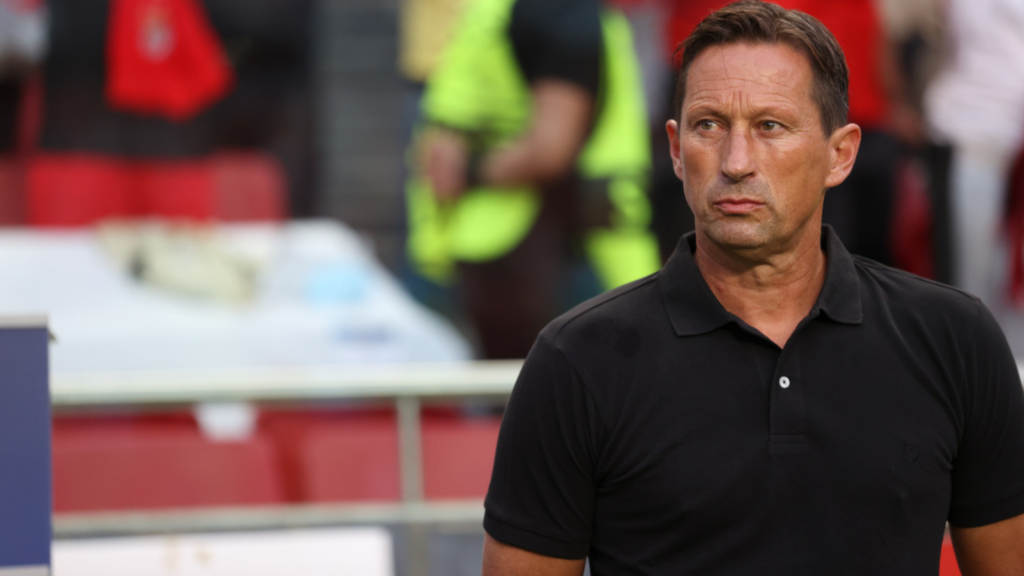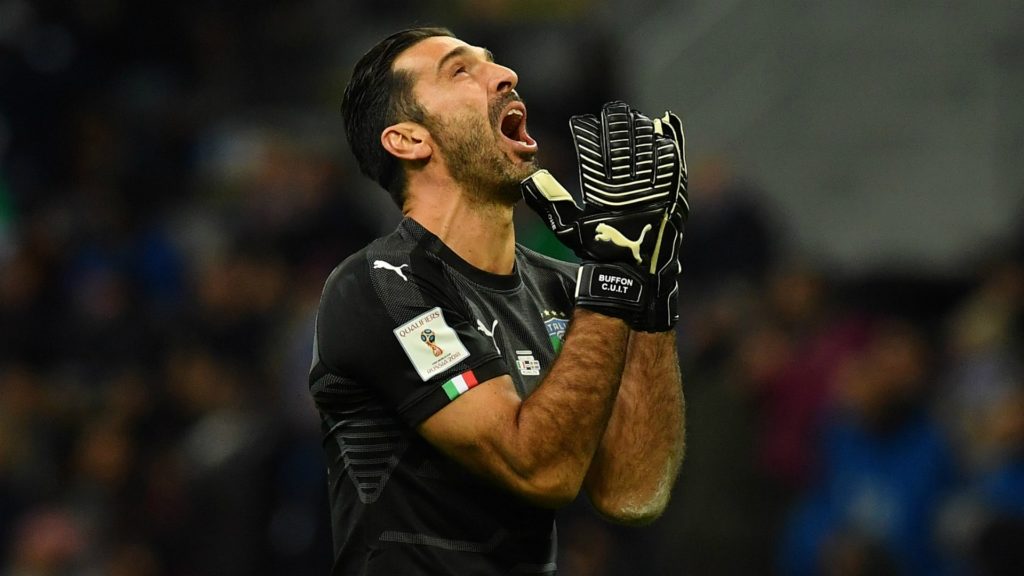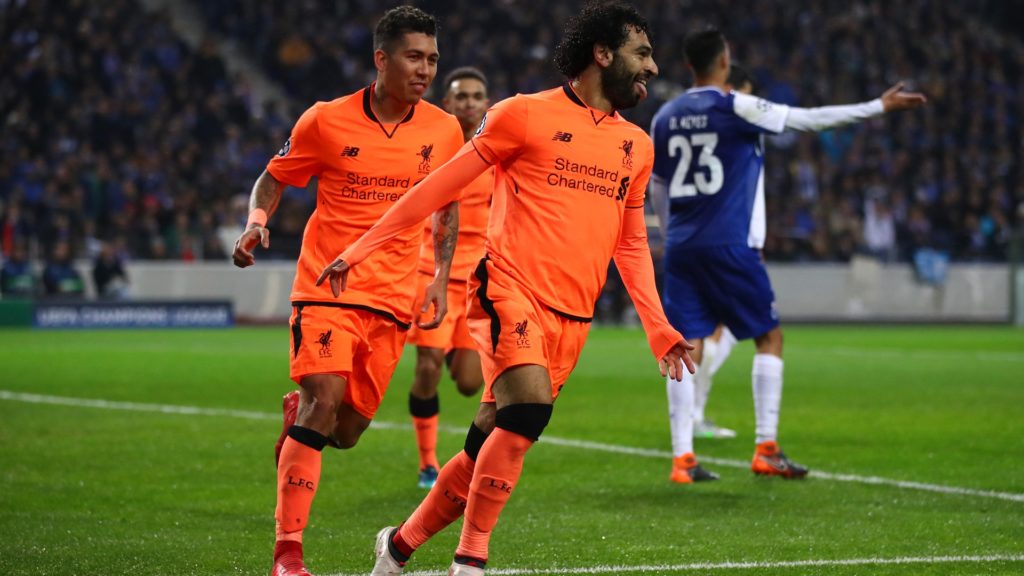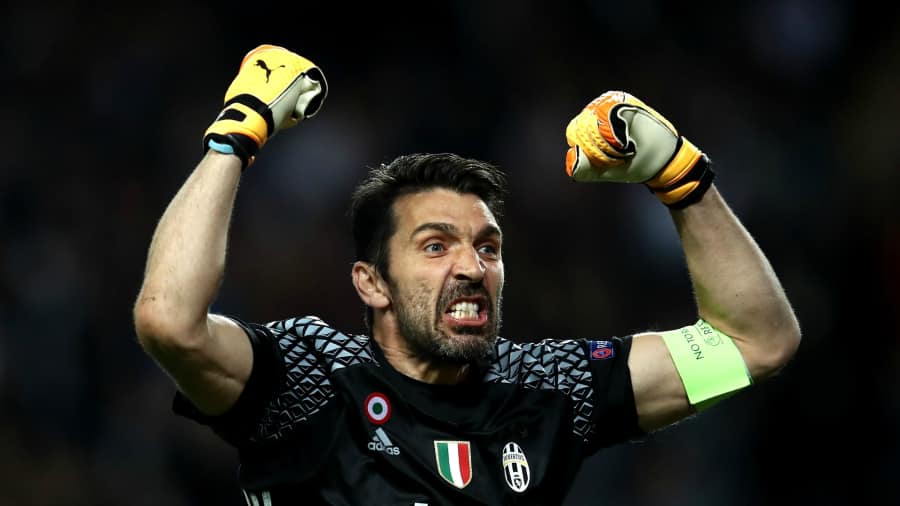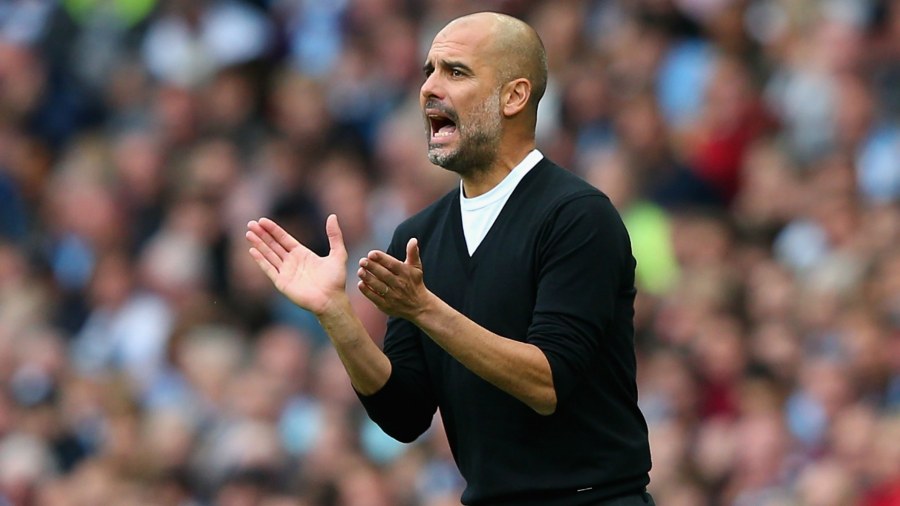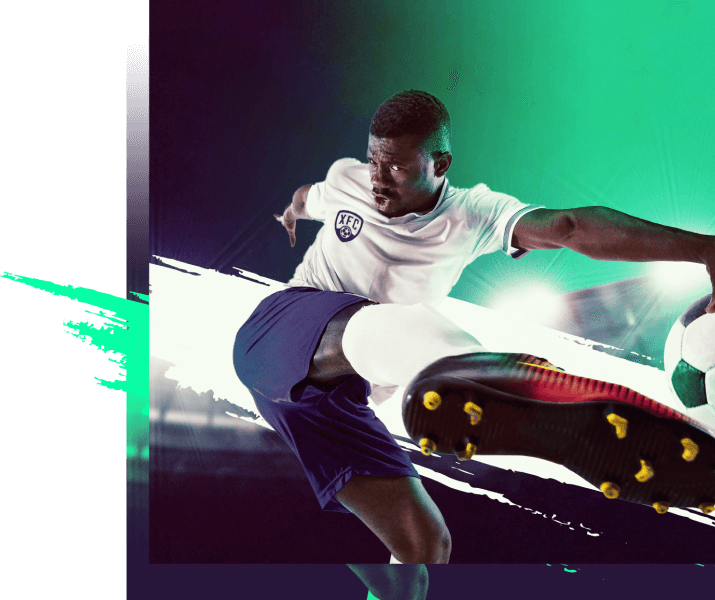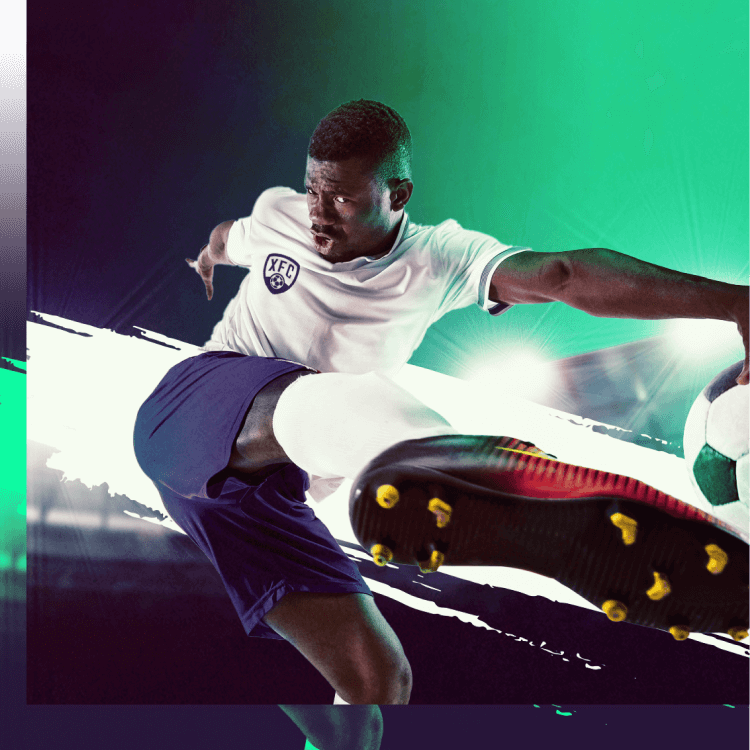Vítor Bruno has one of the hardest, but possibly also most rewarding jobs in world football as of 2024 – he’s the manager of FC Porto, one of Europe’s most legendary sides. With Sérgio Conceição surprisingly let go at the end of last season by new club president Andre-Villas Boas, it is up to Bruno’s tactics and managerial style to return Porto to the top of the Portuguese footballing pyramid.
How is all working out? And are the club’s fans right to miss Conceição? I’ll try to get to the bottom of this by analyzing the tactics of FC Porto’s Vítor Bruno.
Once you’re done reading the article, remember that you can use this information anytime in FootballCoin’s fantasy football contests. These include the world’s best leagues, including Liga Portugal.
Career Prior to Managing FC Porto
Vítor Bruno was a promising right-back and occasional midfielder. He spent his brief career representing lower-tier Portuguese teams such as Marialvas or Gandara and was retired by the age of 25.
Bruno quickly took an interest in working behind the scenes. He got a sports science degree from the University of Coimbra in 2009 and, by 2011, was working in Sérgio Conceição’s stuff at lowly Olhanense. He then followed Conceição when he became manager of FC Porto, graduating from the role of fitness coach to that of assistant manager.
In 2024, it was reported that Bruno and Conceicao had had a falling out over the former’s contractual situation. Conceicao’s surprising departure from the club at the end of the 2023/24 season, in which the team won the cup but failed to win the league title, left an empty space.
New club president Andre-Villas Boas, a man with an eye for talent in football, opted to entrust his beloved FC Porto to Vítor Bruno on a two-year contrast.
Football Philosophy
Naturally, it goes without saying that Vitor Bruno played a part in Sergio Conceicao’s FC Porto success. Conceicao’s methods also seem to have influenced Bruno to a great extent. The current manager of the team was, after all, a part of a team that won eleven trophies, including three league titles.
Porto defends with a high backline. The four defenders play in a flat four setup. This all means that they are constantly required to guard against forwards running behind them, or against failed offside traps.
Bruno’s FC Porto attempts to play a highly modern, energy-filled game. The team presses relentlessly although sitting in a high block, its attacking shape is flexible, and Bruno will rely on the skill of players to attempt killer through balls or to score goals from otherwise difficult situations.
At his best, Vitor Bruno has shown to be a new manager with already plenty of knowledge and experience. His in-game substitutions and slight tactical tweaks have often worked to great effect.
However, coming from a few goals behind is not something that the team can rely on often. Against tougher opposition, FC Porto’s attempts to get back into the game have resulted in making further mistakes. And, while FC Porto is currently in second place and has played convincingly often, defeats to rivals Sporting and Benfica have raised the pressure on their new manager.
You can implement your own philosophy when playing fantasy football, from modifying the formation to the types of players you want in your lineup.
Formations and Adaptability
Vitor Bruno has relied almost exclusively on a 4-2-3-1 formation across the matches played this season. This formation can easily switch to a 4-2-2-2 when in possession. When defending, FC Porto may set up in a 4-4-2 formation.
When talking about Bruno flexible tactical approach, it is important to emphasize that the manager is keen to have his players rotate often. This is a tactic used as far back as Hungary’s Golden Generation of the 1950s but not seen as often recently. What it achieves is getting the opposition’s defenders confused about when to follow the player they need to press and when to sit back.
FC Porto in Defence
As mentioned, when defending Porto’s players tend to fall back into a 4-4-2 formation. The team presses aggressively and with intent. When it works, it can lead to great chances on the counter attack. Still, this is a work in progress as FC Porto, for the moment, continue to allow the opposition far too many goalscoring opportunities.
FC Porto’s defenders try to restrict space, setting up as compactly as possible. The attackers are instructed to press and not to allow the opposition to build up from the back. Meanwhile, the movement of defensive midfielders Alan Varela and Stephen Eustaquio is meant to eliminate spaces between the lines where a crafty false nine could operate.
Porto currently has the third-best defensive record in the league, just slightly behind Benfica and Sporting. Part of this is due to the partnership of central defenders of Ze Pedro and Otavio. The former has, especially, had a strong season, registering 1.3 tackles and 1.4 interceptions per game.
Fantasy football fans in FootballCoin tend to favor a 5-man defense. But what tactic works best for you? Have your say when setting up your fantasy football team.
Porto in Attack
Vitor Bruno is fortunate to be working with a group of players who he already knows and who already have many of the manager’s preferred tactics well drilled in.
Bruno’s Porto relies on many clever tactical choices in getting themselves in goalscoring opportunities. The goal, for the most part, is to create numerical superiority whenever bringing the ball forward.
This is why FC Porto tries to overload, especially, in wider areas. Th team does this by having the wing-backs join the attack. Together with the wide midfielders, they must create 2v1 opportunities against the opponents’ full-back.
Most of the teams goals have been scored from attacks on the flank or from cleverly utilizing half-spaces. When making use of half-spaces, the wide midfielders will tend to tuck inside and make underlapping runs past the wing-backs. From this point, Porto’s players with have the opportunity to pass the ball back for a cut back or to cross it.
Key to FC Porto’s attacks is also the work done without the ball. Players will often rotate. When one attacking player makes a run, another will act in opposition, dropping deeper. At times, players will look to crowd the central part of the pitch. All these give the opponents’ defenders plenty of choices they need to make quickly or risk conceding a goal.
FC Porto’s biggest goal threat this season has been 20-year-old Spanish attacker Samu Aghehowa. The versatile left wing-back, Galeno has also contributed a large number of goals. The attacking talents of 24-year-old Ivan Jaime have also not gone unnoticed.
Galeno Wanderson is currently the third-best-ranked forward in Primeira Liga fantasy football. It’s two Sporting strikers who have accumulated the highest number of points, Viktor Gyokeres and Trincao. How will you make your best choices?
What’s Next for Vitor Bruno and FC Porto?
A lot of Vitor Bruno’s FC Porto team is very young. Bruno himself is a new manager. There is a sense that, although Porto lost early games in the season against Sporting and Benfica, the team can grow under his tutelage.
Hiring him as manager has certainly been a bold choice. However, Villas-Boas is likely to have observed qualities in the team’s training that ordinary fans may not have seen.
Vitor Bruno’s tactics suggest that he can have a bright managerial future. However, should he fail to defeat rivals Sporting and Benfica on the way to the league title, he may need to seek his fortune elsewhere.
Remember to use this information in the daily fantasy football contests set up by FootballCoin. The game is free and provides daily rewards.





